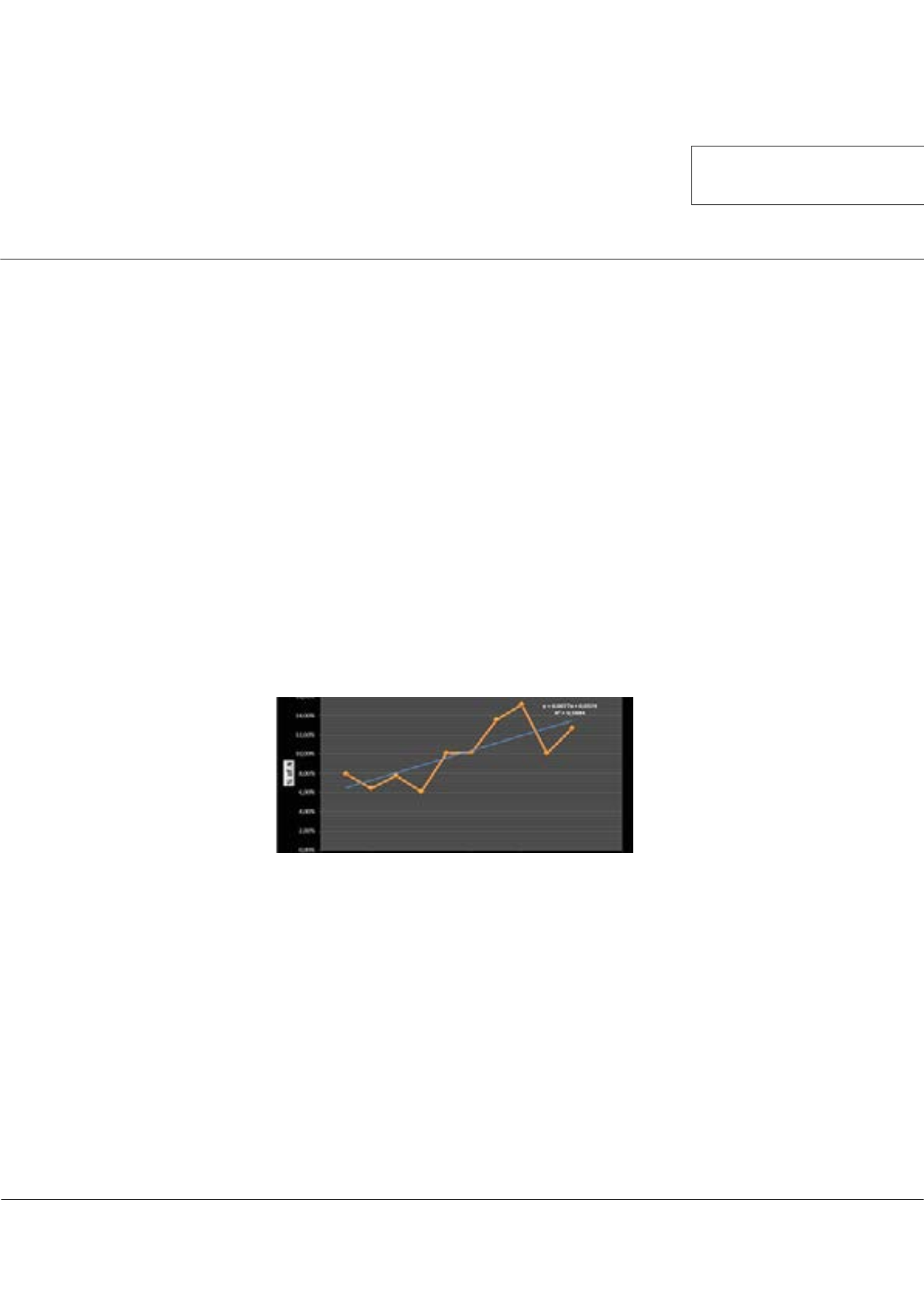

Page 84
conferenceseries
.com
Volume 2
Environment Pollution and Climate Change
ISSN: 2573-458X
Climate Change 2018 &
Global ENVITOX 2018
October 04-06, 2018
October 04-06, 2018
London, UK
16
th
Annual Meeting on
Environmental Toxicology and Biological Systems
&
5
th
World Conference on
Climate Change
JOINT EVENT
Forest fires and social perception of the landscape: A study with Spanish population
Jaime Senabre
University of Alicante, Spain
F
orest fires are a global environmental problem that burn millions of hectares every year throughout the planet, causing
human and economic losses as well as significant degradation of the natural environment. In Southern Europe, with Spain
and Portugal at the head, 70% of the continent's forest fires occur. The growing human population and continuous occupation of
the territory, exercise a role of domination and submission of nature. For this and other reasons, we can’t omit the involvement
of humans in the probability of occurrence of fires in the world. At present, it seems obvious that we are experiencing a
change of trend in aspects such as temperature and precipitation rates, something that, together with other environmental
evidences, has been associated with global climate change. In this context and as it always did, fire plays a modulating role in
the characteristics of the vegetation and the structure of the landscape. This last aspect is the one we focus on in this study.
Some of our findings determine that 95.90%, of the Spanish population surveyed, consider that there is a representative and
characteristic landscape in the area where they live. We have also found that the "recreational" value of landscape is greater
than the "economic" value, an aspect that may be relevant when it comes to forest management and forest fires. On the other
hand, we have been able to confirm the high concern of Spanish citizens for the threat posed by natural phenomena to the
landscape of their community and, especially, the concern about the threat of forest fires on the landscape, where 80.34% of
our sample has identified damage to the landscape due to the impact of forest fires. Studies on social perception are a good
tool for planning and improving prevention and risk management, as well as for the development of environmental policies
appropriate to each specific territory.
Recent Publications
1. Senabre J (2018) Forest fires from the perspective of environmental psychology. Climate Change 4(13):58–68.
2. Senabre J (2017) Wildland fires, climate change and society. J. Earth Sci Clim. Change 8(10).
3. Senabre J (2016) Wildland fires and climate change. J. Earth Sci Clim. Change 7(5).
Biography
Jaime Senabre is a Psychologist and Environmental Consultant as well as the Chief of Brigade in a Forest Fire Service with more than 20 years of experience. He
collaborates with several companies and institutions in the area of training in Psychology in Emergencies and Human Resources. He is Professor at the University
of Valencia for Master’s in Intervention and Operational Coordination in Emergencies and Catastrophes and other postgraduate courses on emergencies. He is the
Director and President of the International Scientific-Professional Committee of the National Symposium on Forest Fires (SINIF). He has lectured internationally
and has been part of the organizing committee of several international congresses on Earth Sciences and Climate Change. He has published articles on forest
fires, stress, psychosocial risks and emotional trauma, mainly in relation to emergency services and natural disasters. Currently, he is assigned to the research
group on "Climate and Territorial Planning" (University of Alicante), where he researches on the social perception of forest fire risk and behavior in the event of
possible disasters.
jasenabre@sinif.esJaime Senabre, Environ Pollut Climate Change 2018, Volume 2
DOI: 10.4172/2573-458X-C1-002
Figure 1:
Perception of changes in the landscape due forest fires (Senabre, J.)
















